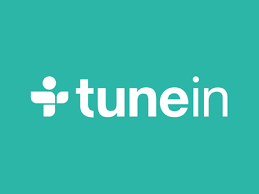Amateur Radio HAMNET Network is Growing
/DARC report the number of nodes and link routes for the HAMNET amateur radio network is rising
Hamnet is a high-speed digital radio network that interconnects automated ham radio stations and its services, such as Packet Radio, Allstarlink/Echolink/ IRLP, APRS, Paging and Amateur Television using radio links on the higher bands like 13 cm, 6 cm and 3 cm.
According to a recent Federal Network Agency (BNetzA) statistic, recently presented by the DARC Manager for VHF/UHF/SHF, Jann Traschewski, DG8NGN, in particular, the link distances have increased to 6 cm. The figures are always to be seen on the deadline of 16th May 2018 and 19th May 2017. So there were 719 links in 2017 and in 2018 821 were counted.
At 13 cm, the increase is more moderate - from 11 to 13 - and at 9 cm, their number increased from 16 to 24. There is also an increase of the Hamnet entrances to report, here their number increased to 13 cm from 154 to 176, on 6 cm from 140 to 162 and on 9 cm from 4 to 5.
More Information - https://www.darc.de/der-club/referate/vus/automatische-stationen/



